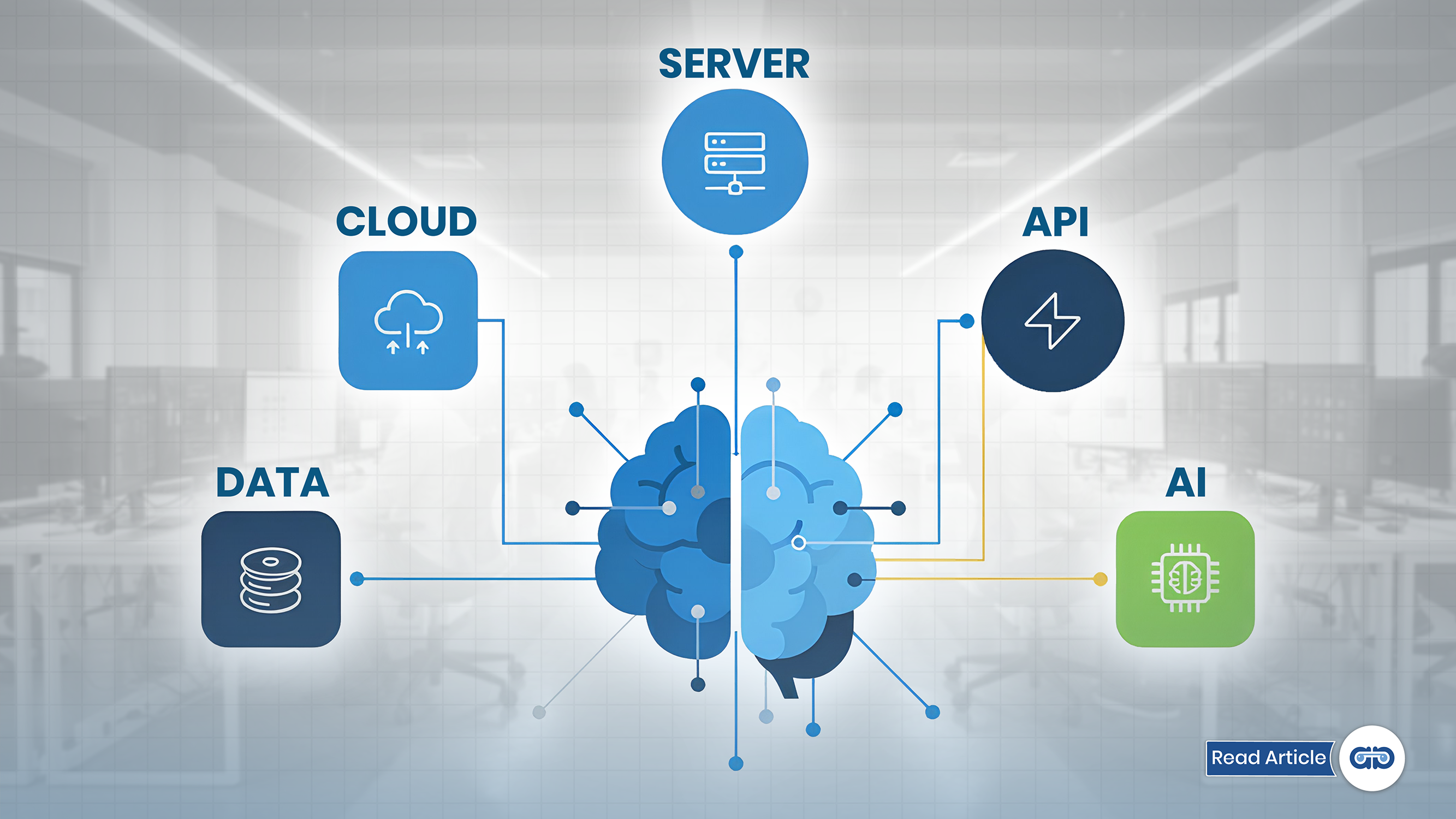As digital operations scale, a fully automated IT ecosystem is becoming a competitive necessity. Now, businesses need systems that can run, fix, and optimize themselves with minimal manual intervention. But while automation sounds simple in theory, building a truly integrated ecosystem requires more than just deploying a few tools. It involves rethinking processes, architecture, culture, and the way IT teams work.
Below is a deep, structured breakdown of what it actually takes to build an end-to-end automated IT environment, and why most companies underestimate the effort.
A Clear Automation Strategy
Before investing in tools or fancy AI capabilities, a business must define why it wants automation and what outcomes it expects. This strategic clarity forms the backbone of every design, integration, and workflow.
A strong automation strategy includes:
a. Prioritizing Use Cases That Deliver Maximum Impact
Automation succeeds when it solves high-value problems. So, start by identifying where the biggest inefficiencies like repetitive service requests, manual deployments, approval cycles, incident triage, or compliance reporting lie. The best use cases are measurable, frequent, and tied to business outcomes like fewer outages, faster service, or reduced operational costs.
b. Setting Realistic Automation Maturity Milestones
Organizations rarely jump from manual operations to full autonomy. A realistic roadmap includes phases like task automation, workflow automation, cross-system orchestration, and finally predictive automation. Each stage builds capability gradually rather than overwhelming teams.
c. Defining KPIs for Success
Without KPIs, automation becomes a guessing game. Core metrics include mean time to resolve (MTTR), automation coverage, ticket deflection, process accuracy, uptime, and service throughput.
A thoughtful strategy ensures the ecosystem is built on intentional, scalable choices and on not opportunistic or disjointed deployments.
A Centralized Architecture That Integrates Every Tool
Automation fails when systems don’t talk to each other. A fully automated ecosystem demands a unified architecture where applications, infrastructure, workflows, and data streams operate in sync.
a. Choosing a Core Automation Engine or Orchestrator
This engine acts as the “brain” of automation. Instead of having isolated scripts across departments, a central orchestrator provides workflow logic, triggers, rules, and monitoring. Popular examples include enterprise automation platforms, orchestration frameworks, etc.
b. API-First Integrations Across the Stack
APIs determine whether systems can communicate intelligently. API-driven integrations allow:
Real-time actions (like auto-resetting access)
Seamless data exchange
Coordinated incident resolution across multiple platforms
Better auditability and governance
Without APIs, automation hits a wall of silos
c. Unified Data Storage for Events, Metrics, and Logs
Automation needs data to act. That requires a central repository where telemetry, logs, incidents, infrastructure data, and user behavior converge. A unified data layer enables real-time correlation and AI-based recommendations.
This architectural backbone ensures automation isn’t patched together, but structurally embedded.
Intelligent AI and ML Capabilities That Drive Decisions
AI is the differentiator between basic automation and autonomous operations. It analyzes patterns, predicts issues, and recommends (or executes) the best actions.
a. Predictive Insights and Anomaly Detection
AI identifies trends and detects anomalies long before they escalate, such as unusual CPU spikes, traffic surges, or risky configurations. Predictive insights help IT shift from reactive firefighting to proactive prevention.
b. Natural Language Interfaces for Human-Machine Interaction
Modern AI assistants (like conversational ITSM tools) allow employees to request services in plain language just like “reset my VPN,” “close the change request,” or “deploy the build.” Behind the scenes, AI interprets intent, validates workflow rules, and carries out tasks automatically.
c. Automated Root Cause Analysis (RCA)
Machine learning models correlate events across systems to identify the exact failure point. This dramatically reduces the time engineers spend diagnosing issues and accelerates remediation.
AI transforms automation from mechanical rule-following into intelligent decision-making.
Process Redesign
The biggest myth is that automation improves any workflow. In reality, broken processes simply break faster when automated.
To build a clean, efficient ecosystem:
a. Standardize Workflows Before Automating
Inconsistent steps, undocumented actions, and tribal knowledge make automation impossible. Standardization eliminates ambiguity and prepares the process for predictable automation.
b. Remove Redundant Approvals and Manual Dependencies
Legacy approval chains slow everything down. Automation requires rethinking which checkpoints are necessary and which are simply tradition.
Task-level automation may reduce effort, but ecosystem-level automation requires end-to-end flows, such as:
Incident → analysis → resolution → documentation
Request → validation → provisioning → user onboarding
Deployment → testing → monitoring → rollback
Process optimization ensures automation is built on a solid operational foundation.
Strong Governance, Security, and Compliance Frameworks
Automation accelerates everything, including risks. Without governance, automated workflows can make unintended changes at machine speed.
a. Role-Based Access and Action Controls
Only approved actions should be executable through automation. Access rules, guardrails, and roles must be tightly defined to prevent unauthorized tasks.
b. Automated Audit Trails and Compliance Mapping
Every action taken by bots or AI should be logged clearly. These logs support compliance mandates, security investigations, and internal audits.
c. Standard Change Policies for Automated Processes
Automation agents should not bypass CAB or security policies. Instead, they should operate within predefined rules based on impact, risk levels, and predefined change windows.
Governance ensures the ecosystem is fast but not reckless.
Continuous Monitoring and Optimization
Automation is an ongoing cycle of optimization, expansion, and refinement.
Automated systems need constant observation to ensure workflows are working correctly and not failing silently. Over time, business processes change. Automation must be updated to reflect new requirements, new tools, and new compliance rules.
a. Expansion Into New Use Cases
As maturity grows, organizations can expand automation into:
Zero-touch deployments
Predictive self-healing
Autonomous help desks
Automated compliance and policy enforcement
Continuous improvement ensures the ecosystem remains efficient and relevant.
All in All
Building a fully automated IT ecosystem requires a strategic foundation, integrated architecture, intelligent decision engines, redesigned processes, strong governance, and a skilled workforce. When these pieces come together, organizations unlock faster service delivery, significantly lower operational costs, and a level of resilience that manual operations can never achieve.
Automation is not just a technological upgrade; it is an operational transformation.

